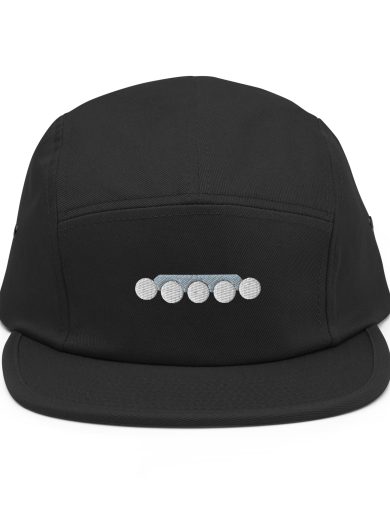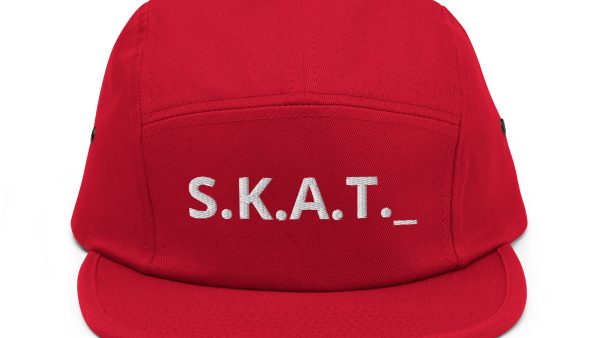Skateboarding culture has always been synonymous with distinctive fashion, and among its most iconic elements are skate caps. These caps not only serve practical purposes but also embody the rebellious and individualistic spirit of the skate community. To truly understand skate caps, it’s essential to delve into their history, evolution, and the various styles that have emerged over the decades.
The Origins and Evolution of Skate Caps
Skateboarding, which originated in the 1950s and 1960s in California, drew significant inspiration from surfing culture. Early skateboarders adopted attire that was both functional and reflective of their laid-back lifestyle, which included simple hats to shield them from the sun.As skateboarding gained popularity, the associated fashion evolved, leading to the development of specialized skate caps that combined functionality with style.
Throughout the decades, skate caps have undergone significant transformations:
- 1970s: Skateboarders favored caps that offered protection from the sun while complementing their casual attire.
- 1980s: The rise of street skating saw an infusion of urban fashion, introducing caps with bold designs and logos.
- 1990s: This era marked the prominence of snapback caps, characterized by adjustable straps and flat brims, aligning with the grunge and hip-hop influences of the time.
- 2000s to Present: A resurgence of vintage styles brought back trucker hats and 5-panel caps, blending retro aesthetics with modern designs.

To truly master the art of skate caps you need to understand their rich history, diverse styles, and cultural significance.
These caps are not just functional headwear but also powerful symbols of the skateboarding ethos—embodying freedom, individuality, and a touch of rebellion.
Whether you’re a seasoned skater or an enthusiast of skate fashion, appreciating the nuances of skate caps enriches your connection to this dynamic culture.
Exploring Different Types of Skate Caps
Understanding the variety of skate caps is crucial for anyone looking to delve deep into skate fashion. Here are some of the most popular styles:
- Snapback Caps: Characterized by their flat brims and adjustable snap closures at the back, snapback caps became iconic in the 1990s and remain a staple in skate culture.
- 5-Panel Caps: Inspired by cycling caps, 5-panel caps have a flat-cut design that offers a casual and understated appearance. They’ve found a significant place in skateboarding due to their comfortable fit and minimalist style.
- Trucker Hats: Featuring a mesh back and foam front, trucker hats gained popularity in the skate scene for their breathability and bold front designs. They were especially prominent in the early 2000s.
- Dad Hats: These unstructured caps with curved brims and adjustable straps offer a relaxed fit. Their simplistic design has made them a favorite among skateboarders seeking a low-key aesthetic.
- Bucket Hats: With a wide, downward-sloping brim, bucket hats provide ample sun protection. Their unique style has seen periodic resurgences in skate fashion.
The Cultural Significance of Skate Caps
Skate caps are more than mere accessories; they are symbols of identity and affiliation within the skate community. Wearing a particular brand or style can signify one’s skateboarding philosophy, preferred brands, or even the subculture they associate with. For instance, a skater sporting a vintage 5-panel cap might be expressing an appreciation for old-school skateboarding roots, while another wearing a snapback with a prominent logo could be showcasing brand loyalty.
Moreover, skate caps have transcended the skate parks, influencing mainstream fashion and appearing on runways and in popular retail stores. This crossover highlights the broader cultural impact of skateboarding and its fashion elements.








Leave a comment